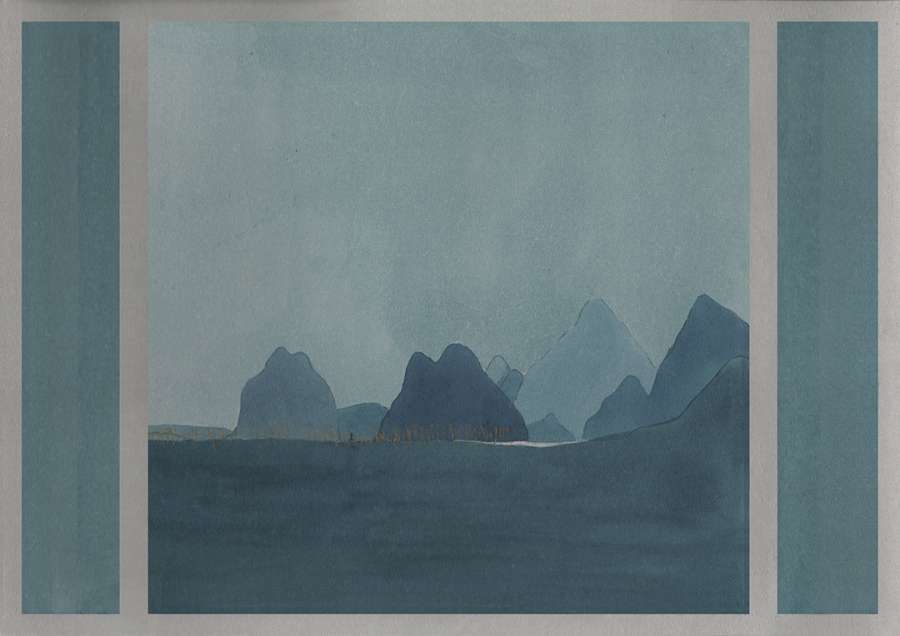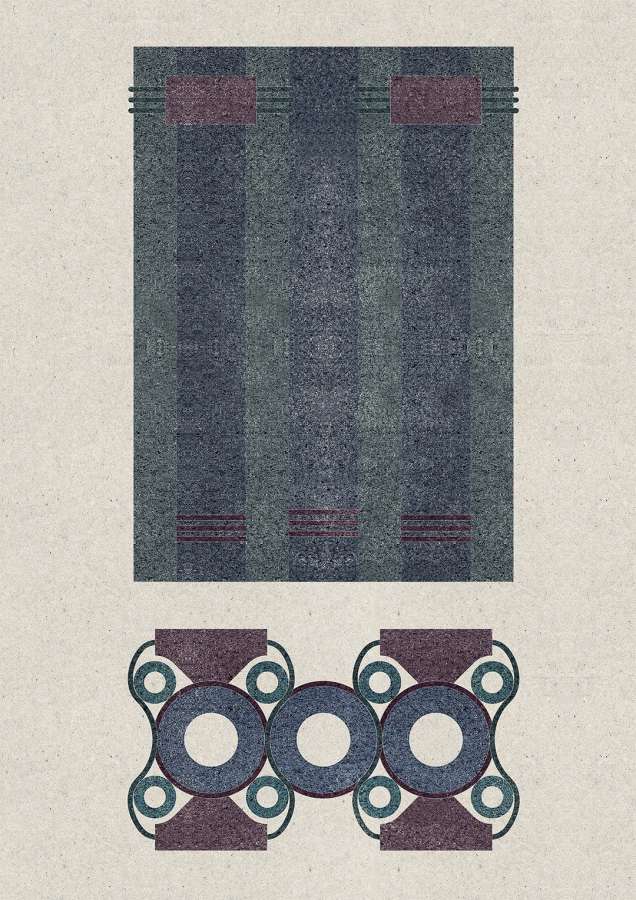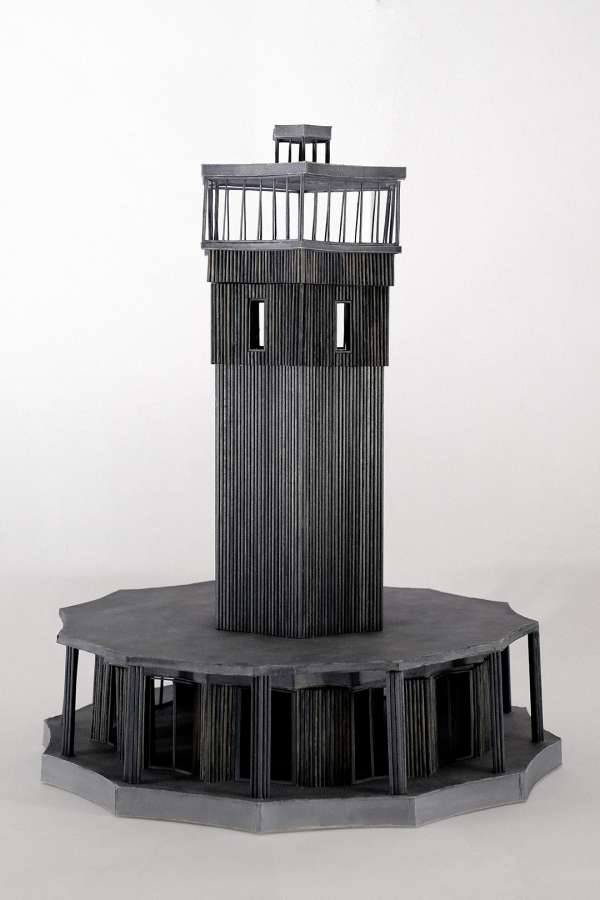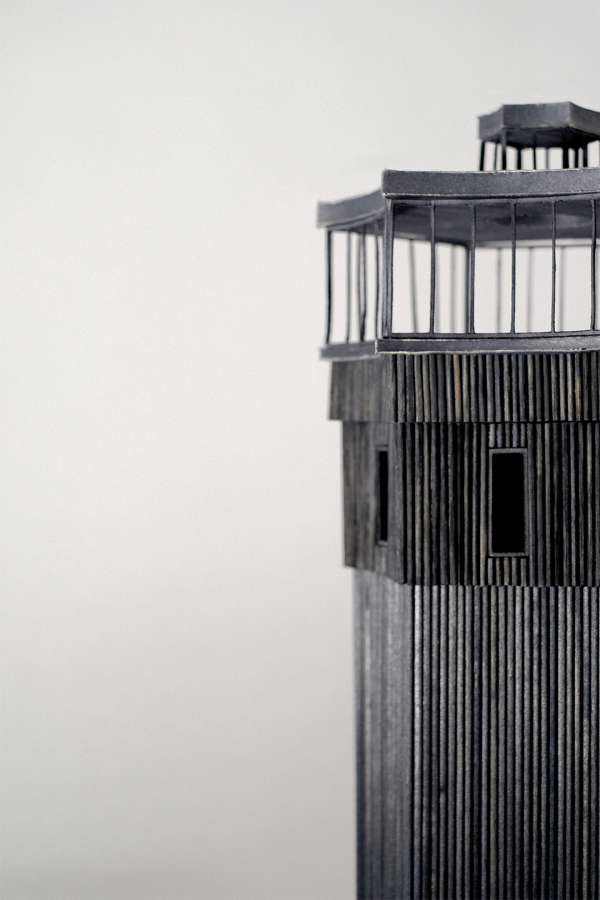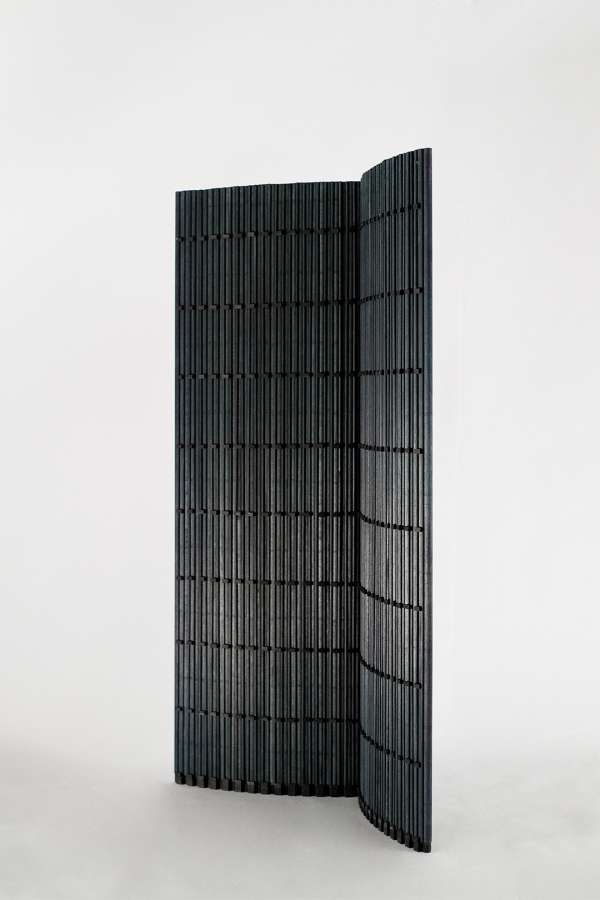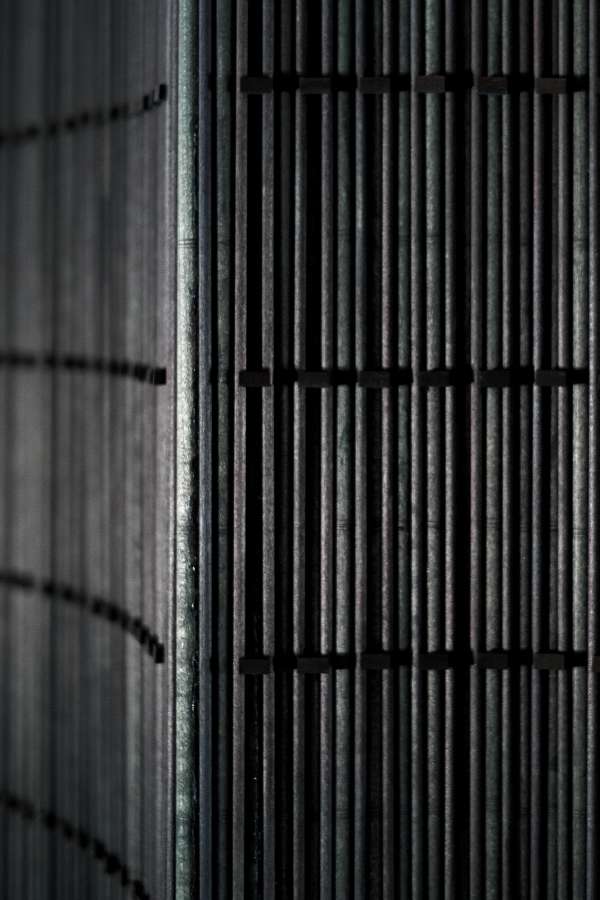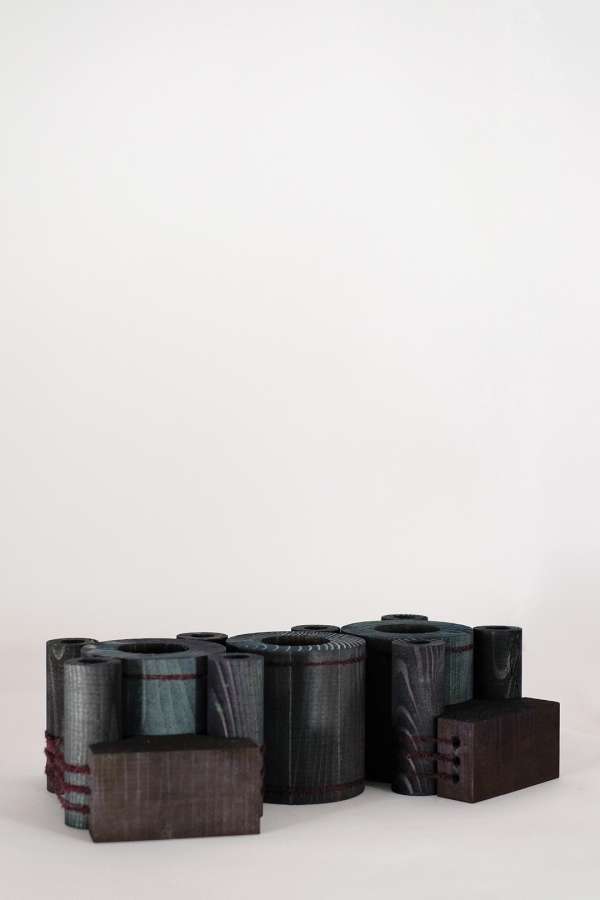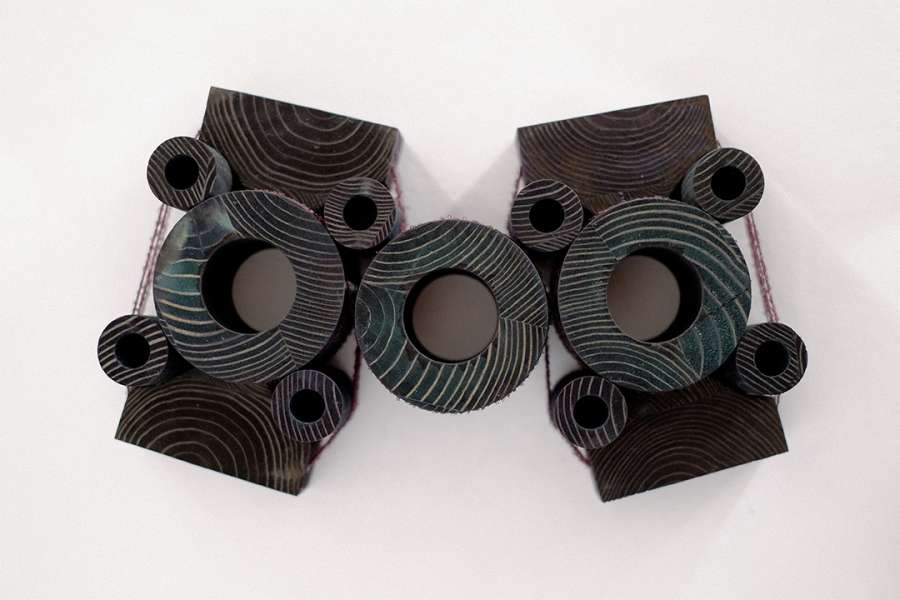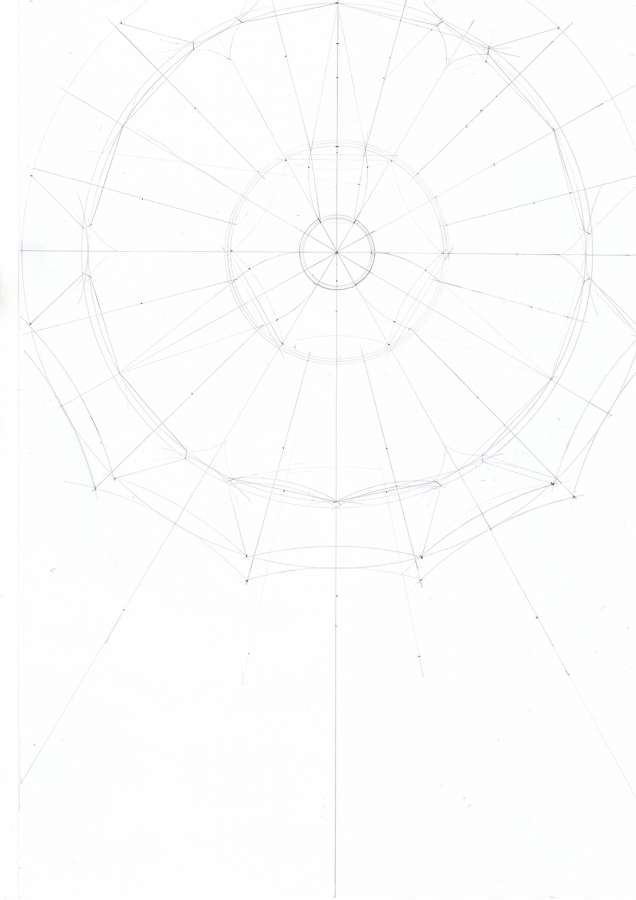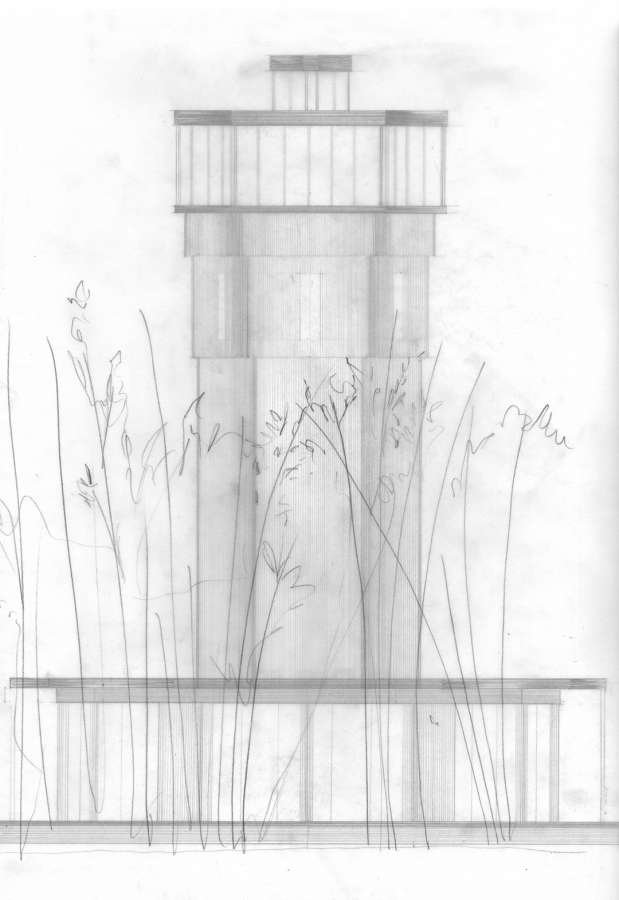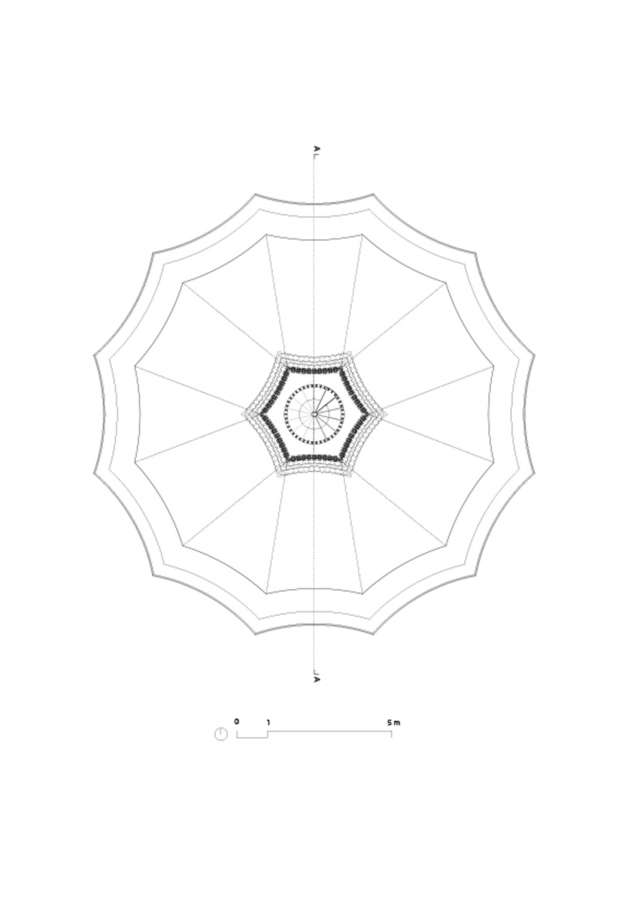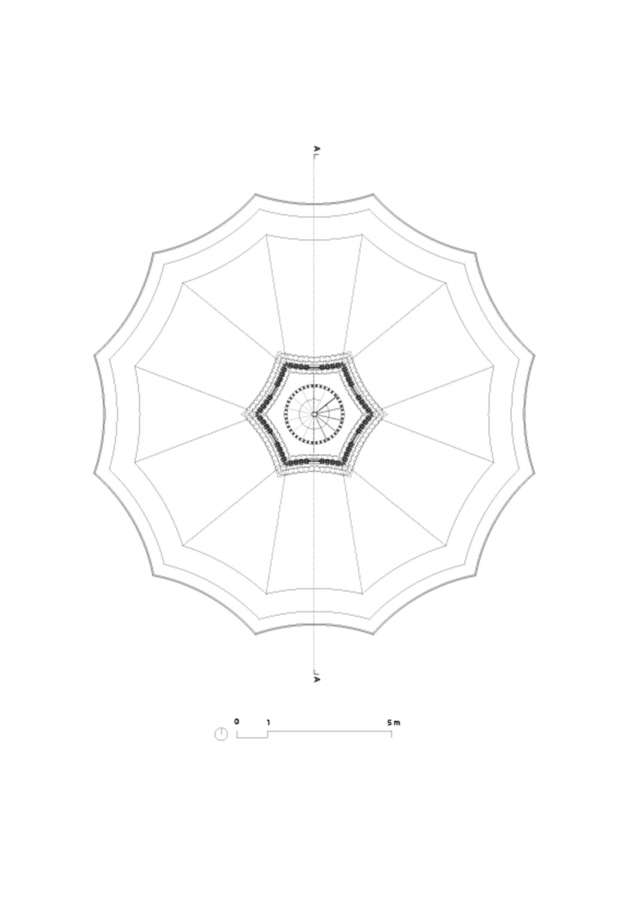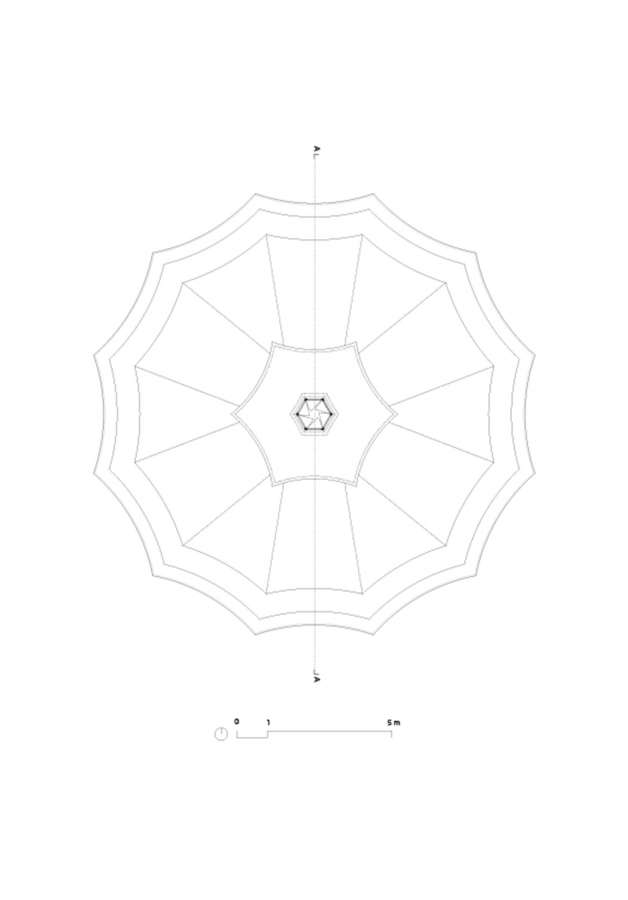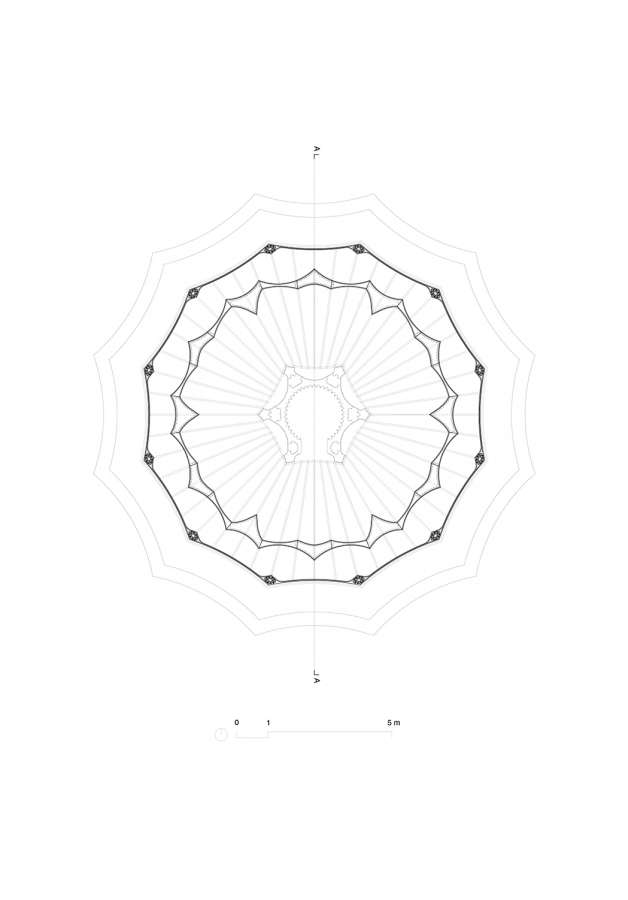n16 - yangshuo pavilion, 2019
Guilin is a fabled scenery of thousands majestic peaks of karst limestone, stones that emerged from the collision of India with Asia 40 million years ago and then have been weathered, dissolved and eroded by rain and flowing water.
This meandering topography is crossed by rivers and all the borders between water and land are softened by woods of bamboos that reach heights of even sixteen meters.
It is an antique landscape where stones, as well as woods and small architectures, hold in their names the vastness of an ancient oral culture.
Invited by an enlighten Chinese investor we have developed a proposal for a bamboo library pavilion, meant to provide space for education for the small village, hosting the readings of the village teacher to her pupils, and to sustain the economic feasibility of the imitative by offering a place of gathering for the prominent guests of a nearby hotel, mostly figures of the national cultural scene.
The building settles on the Yangshuo riverside, at the opening of a valley, still surrounded by high bamboos.
It is a construction of two floors that develops in a slender tower belvedere, stretching over the bamboos to overlook the river, echoing the character of traditional architectures that already exist along the riverside and that act as sober landmarks.
The small construction has a core in dimmed blue pigmented concrete, in order to have a robust structure to resist the seasonal floods, and a bamboo construction that develops from the first floor upwards.
The ground floor is imagined as a cryptoporticus where children may play. At the first floor the library is circular gallery that opens towards a perimetral terrace from where children and visitors may stretch out their arms to caress an osmanthus branch; along the façades all the bookshelves are disposed, while the niches to read gather towards the centre of the library.
The core of the building is a concrete spiral staircase that leads up to the small belvedere, a miniscule place for a pause.
The articulation of the spaces through alternating curved surfaces of bamboo, that continuously open discreet views towards the surrounding bamboos, somehow rephrases the meandering niching of lights and shadows that the limestone peaks offer in the scale of the landscape. The space is no metaphor, it is a scenography of varying depths.
The choice to build with bamboo has a pragmatic aspect of using local available material; the research on the how to build respecting the limits and specific qualities of the material then becomes an innovation, through finding solutions to phrase characters of tradition with contemporary available means.



